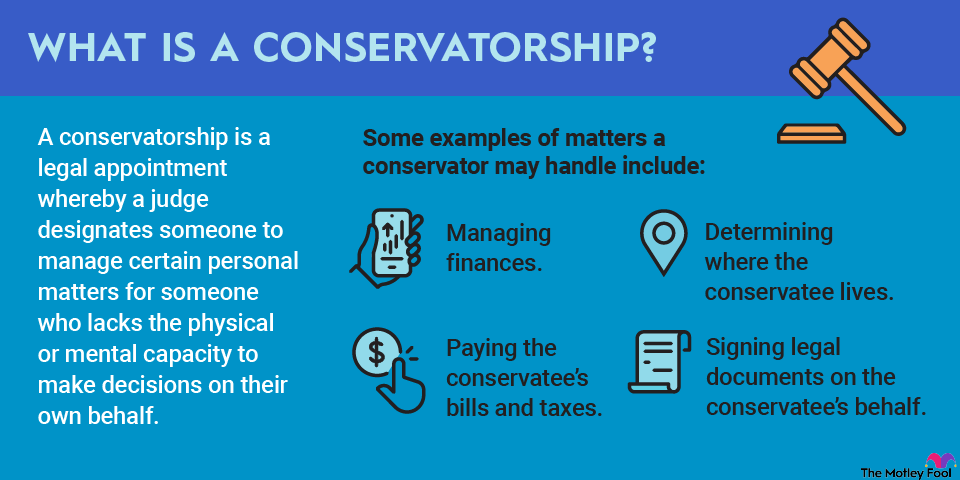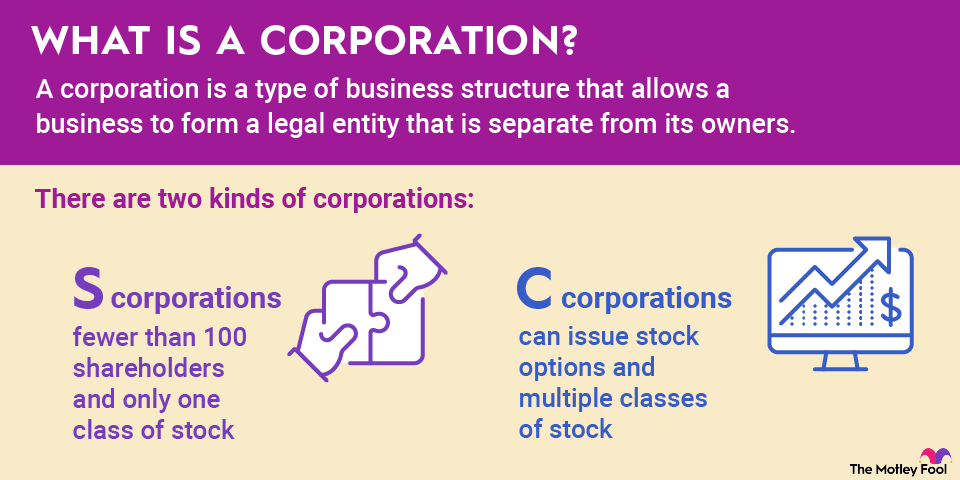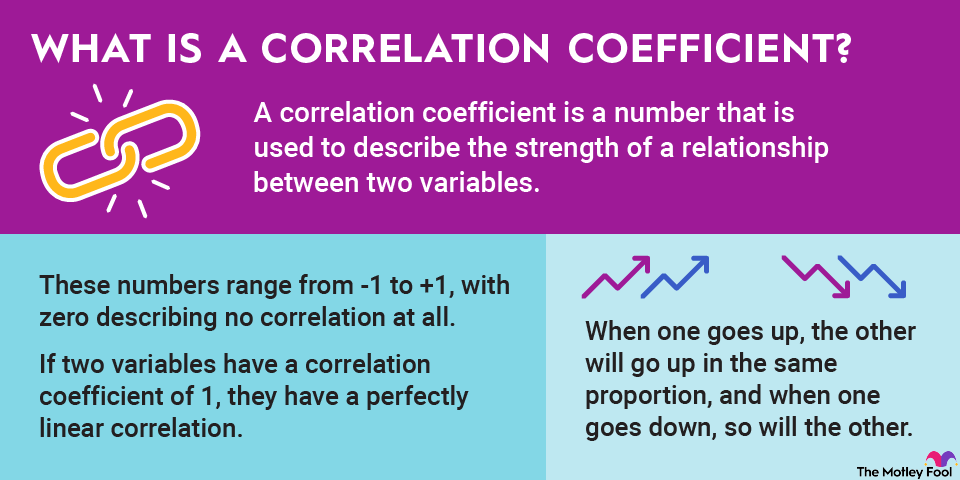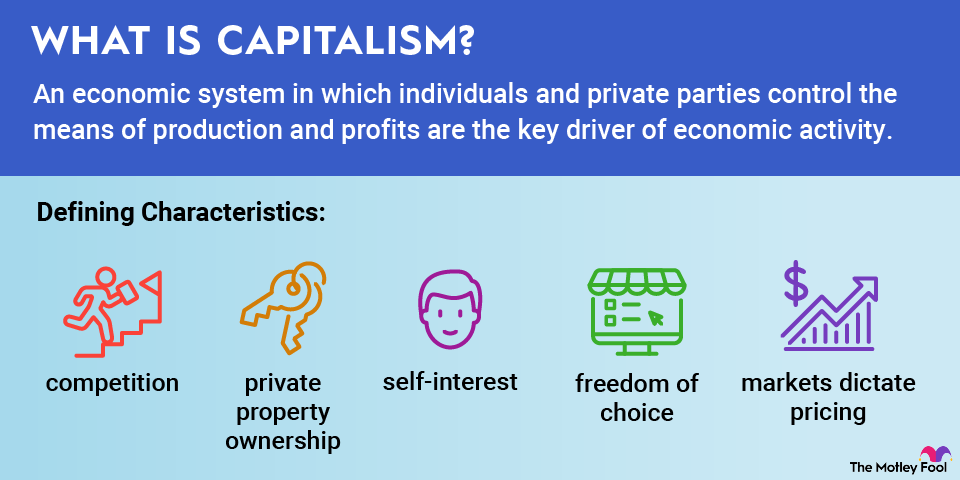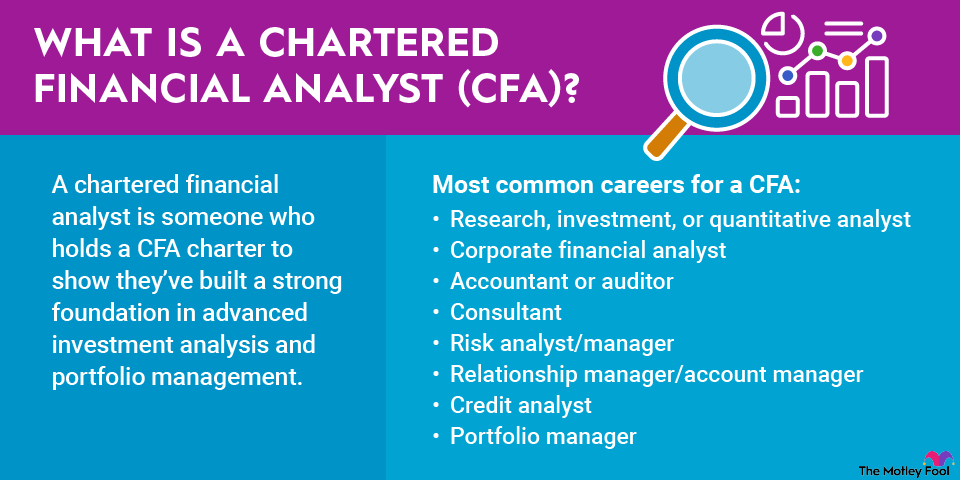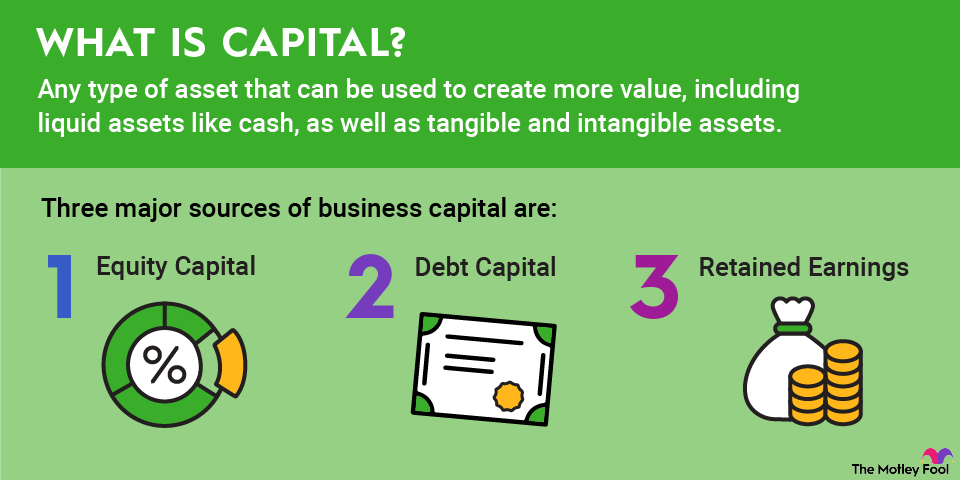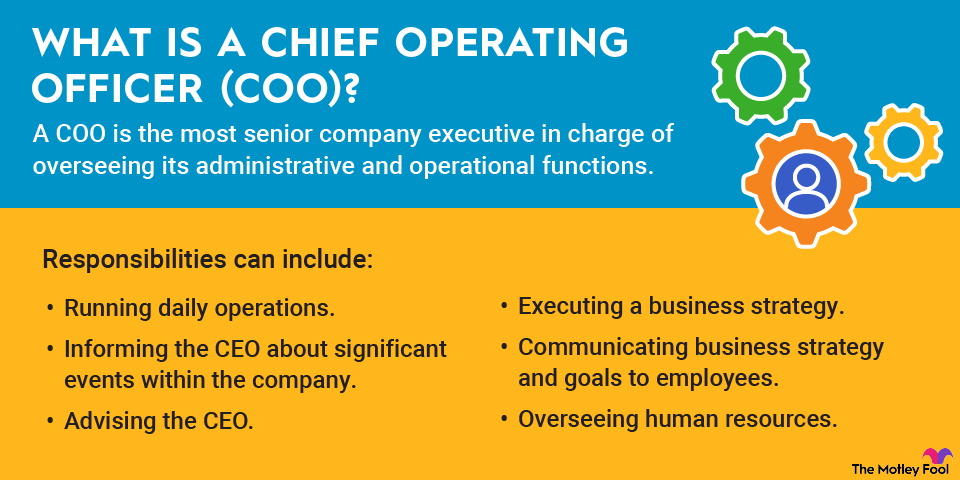Asset managers like to laud their returns to potential investors, but investors also need to consider risk. A manager following a highly volatile strategy can quickly generate stellar returns over a period, only to crush investor dreams with a crash in the following one.
Moreover, some investors value stability and actively seek funds that give up the potential for higher returns in favor of reducing drawdowns. With these considerations in mind, the Calmar ratio is a valuable tool to help measure the suitability of a fund.

What is a Calmar ratio?
Formulated by Terry W. Young, the Calmar ratio is an acronym for his California Managed Accounts Reports newsletters. It's a relatively simple measure of a fund's return compared to risk. The ratio is defined as follows:
- Calmar ratio = Rp/Maximum drawdown.
- Rp is the annual rate of return over the period.
- Maximum drawdown is measured from the fund's peak to trough over the period.
The maximum drawdown is sometimes an area of confusion. For the Calmar ratio, it should be taken as the percentage drawdown from the peak of the fund to the trough over the period in question.
Strictly speaking, the maximum drawdown should be calculated at any point over the period in question. However, for ease of illustration, I will take the figure at year-end in the following examples.
Worked examples
The following examples will explain some strengths and weaknesses of the Calmar ratio. I've modeled three theoretical funds. For example, Fund C gained 25% in its first year and then 45% in its second year, but lost 33% in its third year. The average return of the fund over three years is, therefore, 12%. Meanwhile, the peak of the fund is at the end of the second year, and since the fund lost 33% in its third year, the maximum drawdown (from peak to trough) is 33%. The Calmar ratio is simply the average return of 12.3% divided by the maximum drawdown of 33%, so it works out to 0.37.
As you can see below, Fund B has the highest score and is deemed the best fund, followed by Fund A and then Fund C. I have a few observations that will help demonstrate the strengths and weaknesses of the Calmar ratio.
First, reporting periods matter significantly in the alchemy of asset manager performance. For example, Fund C has the worst Calmar ratio but can present the best returns numbers after the second year. As such, it's essential to back-test the funds' returns for as long as possible and across different market conditions. In my opinion, a three-year reporting period is woefully inaccurate in measuring fund metrics. More data is better when it comes to performance measurement, and for argument's sake, I think any backtesting should cover at least the last couple of recessions.
Second, Fund A is slightly superior to Fund C despite offering far less return. In other words, the Calmar ratio is telling you to prefer Fund A with its 2% annual return over Fund C with 12%. That's fine if you don't want to tolerate the downside risk in Fund C, but it's not a conclusion that will suit all investors.
Third, Fund B is superior to Fund A despite having a larger maximum drawdown. As such, the ratio represents the viewpoint of an investor willing to sacrifice some drawdown in favor of generating returns.
Fund | Year 1 Return | Year 2 Return | Year 3 Return | Average Annual Return | Maximum Drawdown | Calmar Ratio |
|---|---|---|---|---|---|---|
A | 10% | (5%) | 1% | 2% | 5% | 0.4 |
B | 32% | (12%) | 45% | 22% | 12% | 1.81 |
C | 25% | 45% | (33%) | 12% | 33% | 0.37 |
You need to use more than the Calmar ratio
Considering the conclusions in the second and third observations leads to understanding that the Calmar ratio captures a "Goldilocks" scenario in its measurement. It wants some risk (third observation) but not too much risk (second observation). However, everyone has different risk/reward profiles, and any individual's profile may not be best expressed in the Calmar Ratio.
For example, in the highly averse world of high-net-worth individuals investing in hedge funds to preserve wealth, a maximum drawdown of 12% (Fund B) is not usually acceptable. Similarly, a young person may not be interested in the relatively low returns promised by Fund A over Fund B, even if Fund A has a better Calmar ratio.
Ultimately, the Calmar ratio is just one of many tools (including comprehensive quantitative analysis) needed to measure fund performance.
